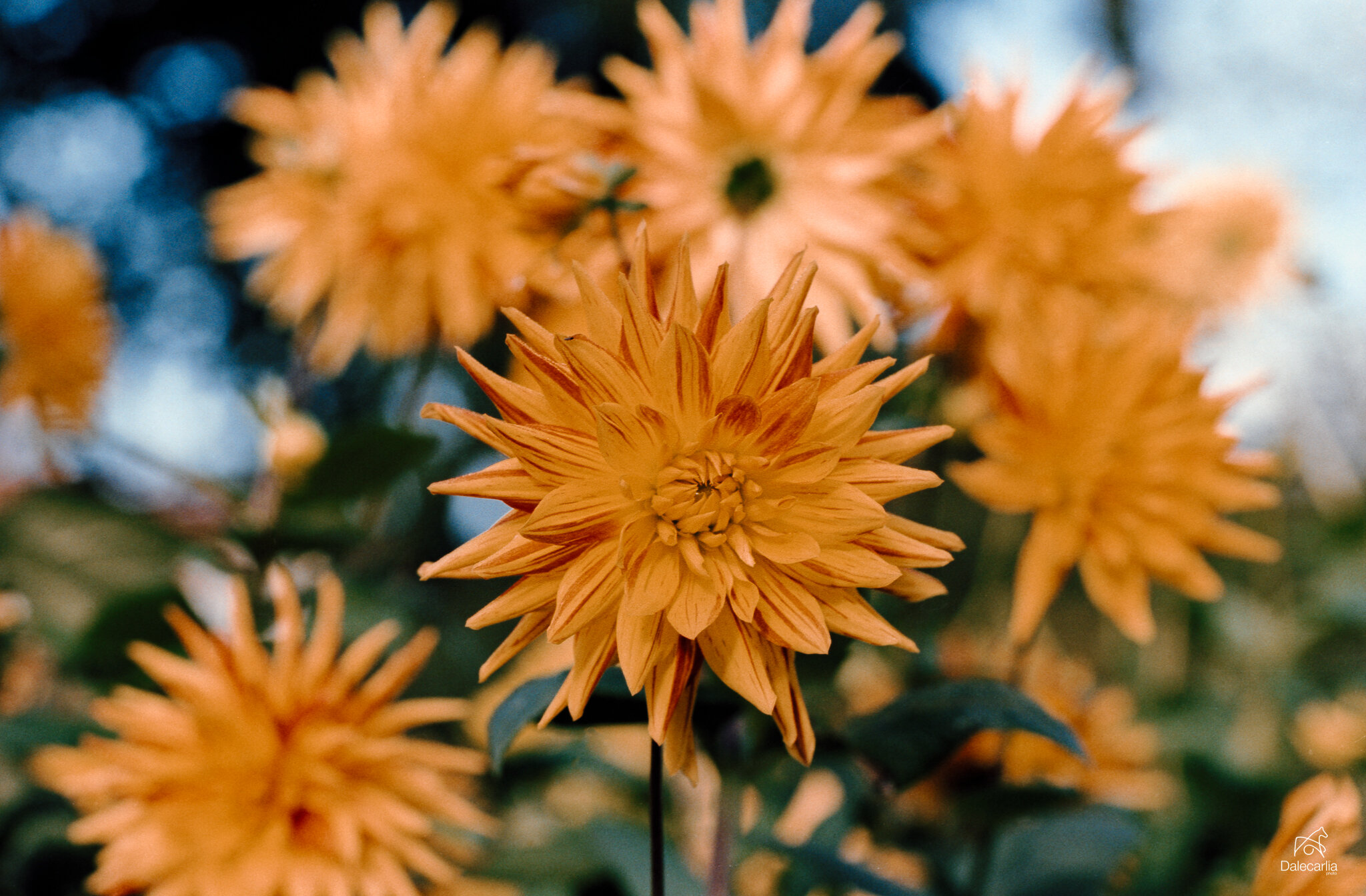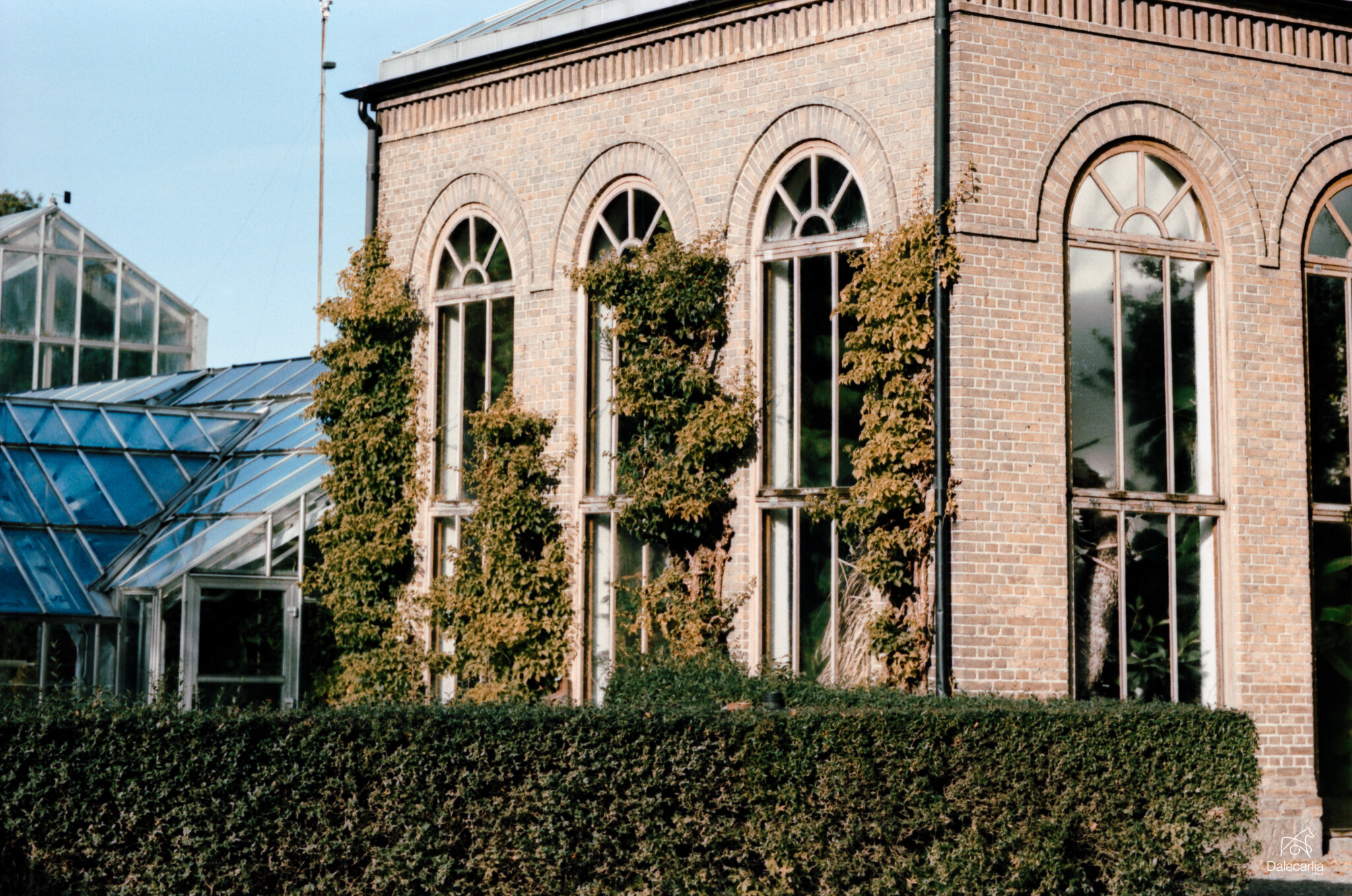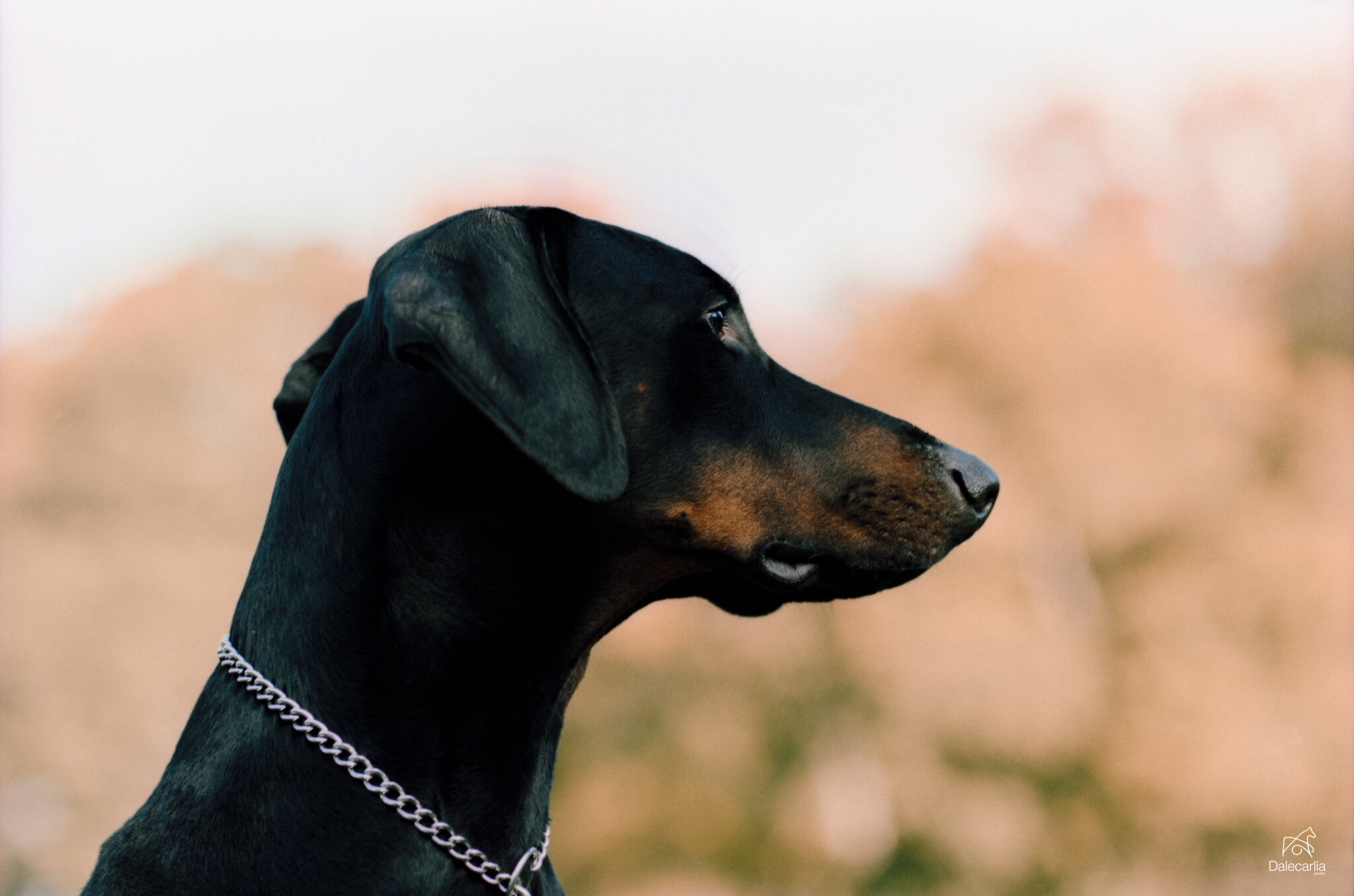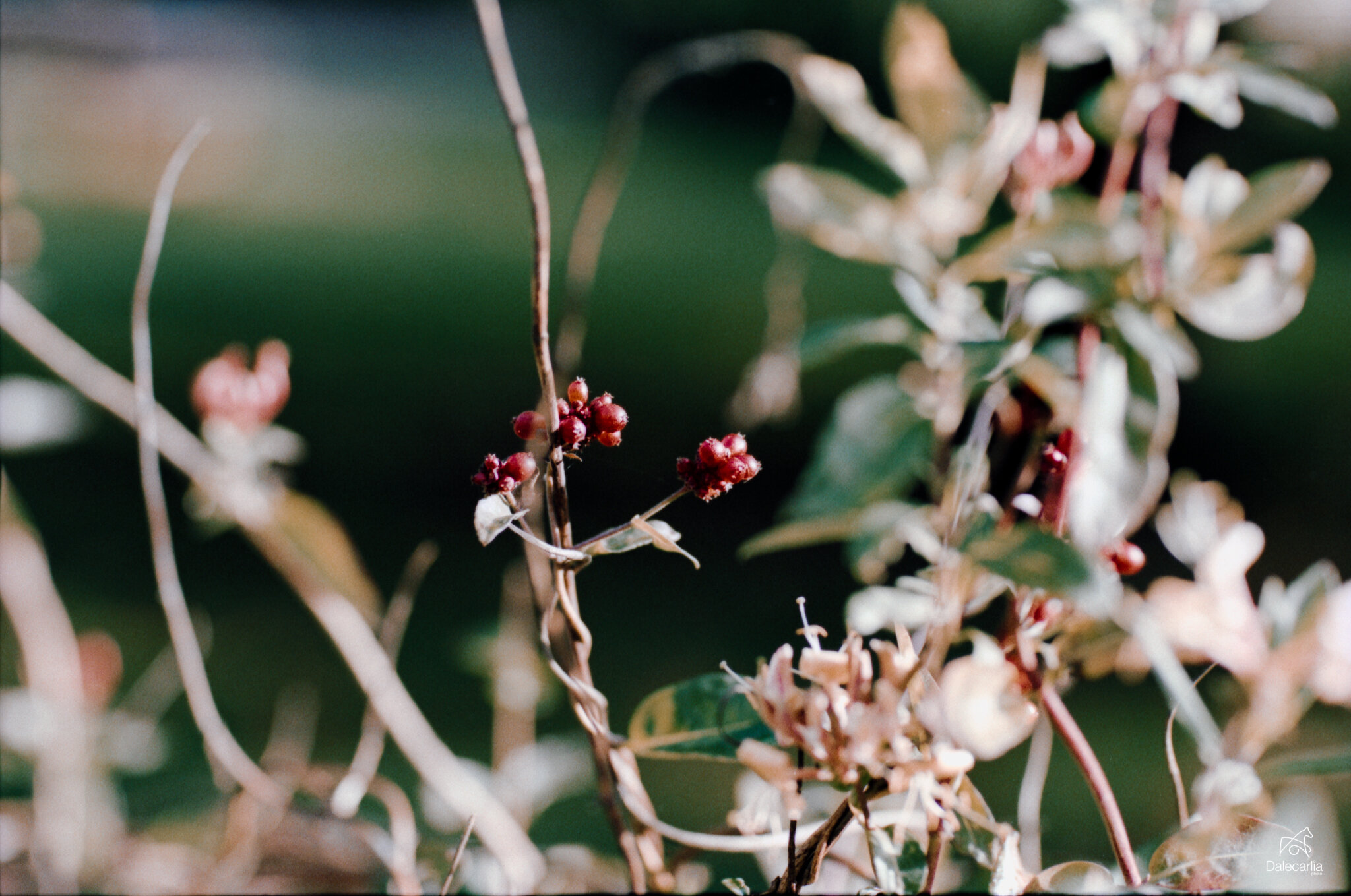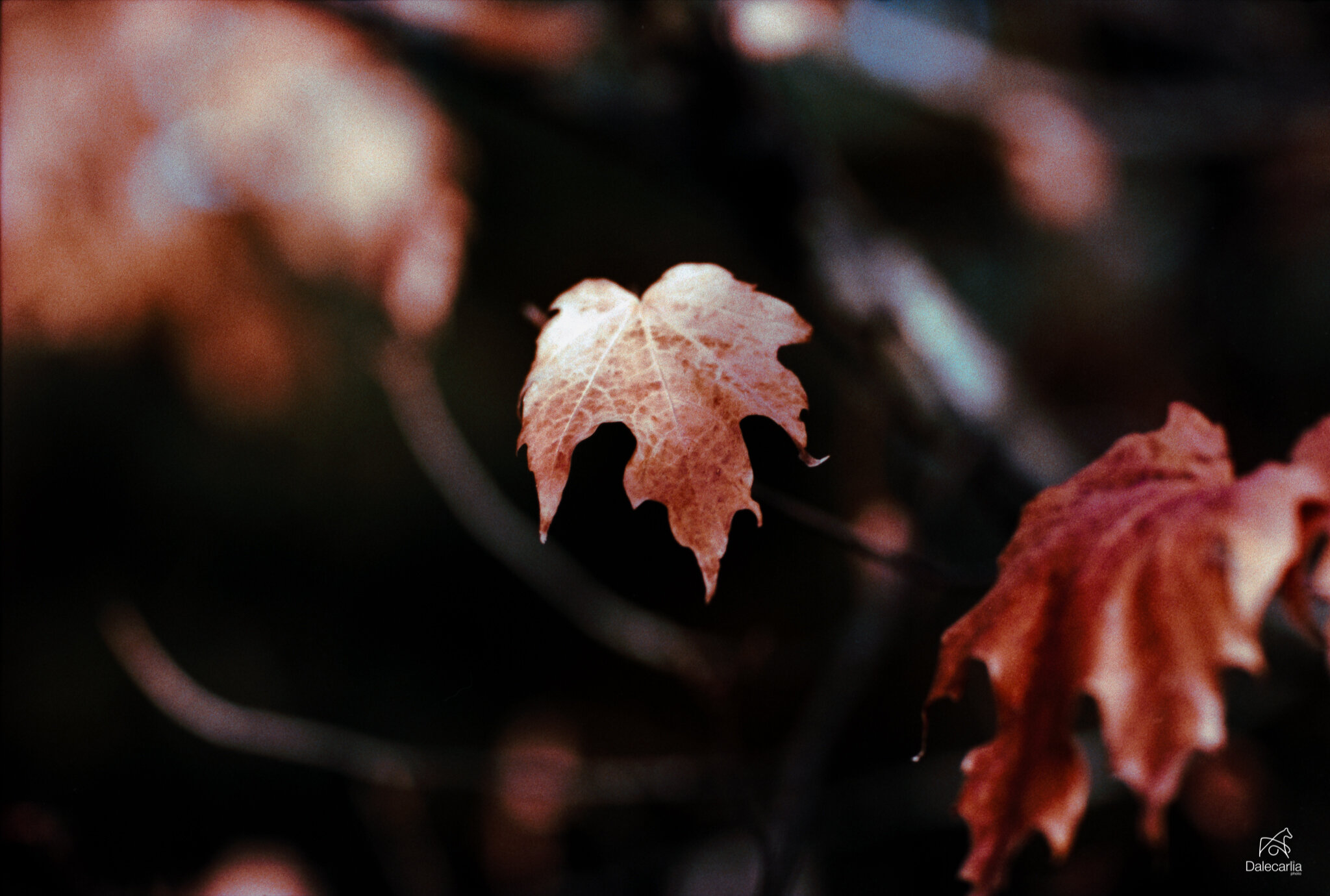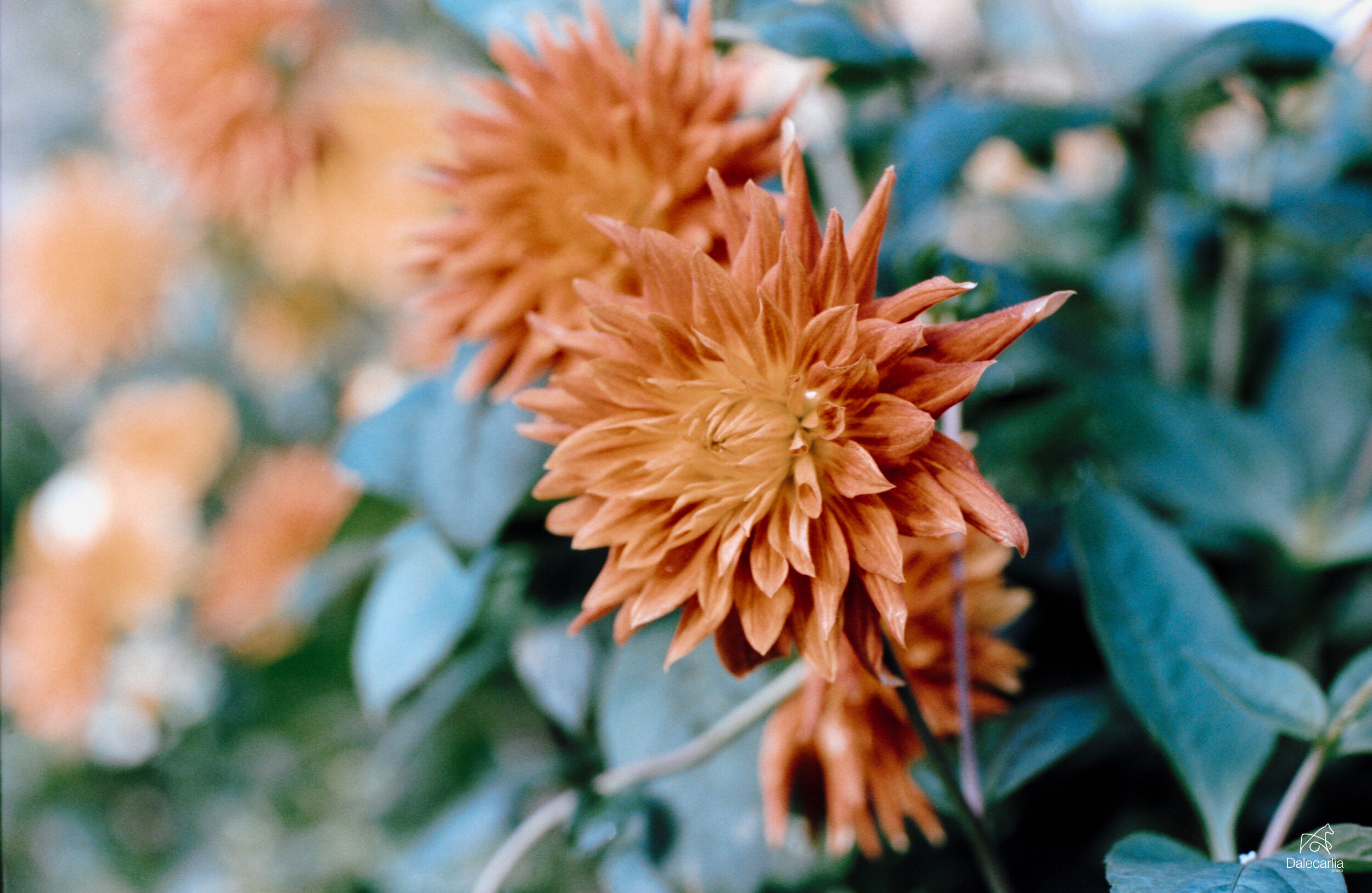Fujifilm Provia 100F Cross-Processed
In a previous blog post, I wrote about developing film cross-processed. In short, it means developing a film in the "wrong" chemicals. Today, basically, there are three different ones with a few minor exceptions. We have chemicals to produce black/white film, one for color negative, and a third for positive film, also called slide film.
Botanical Garden, Lund Oct 19th 2020
For color negatives, you use a C41 process, and for a positive film, it is normally E6. When I do a cross-process development, I almost always do it with a slide film that I develop in chemistry for color negatives, C41. When I mentioned this last time, I took the pictures with the Kodak Ektachrome E100 and was not completely happy with the result. I then wrote that I would try Fujifilm Provia 100F instead, based on a feeling that the result would be more as I wanted.
So now, I have developed Provia 100F, so it has become color negatives. I have been using Negative Lab Pro software for some time now to convert negatives. Or actually, I only use it for color negatives. For black/white images, I still let SilverFast 8 do the job. I am pleased with the result NLP gives, but it means a slightly more difficult workflow, so we will see if I think it's worth it when I have used it a little more. SilverFast is extremely smooth and also gives a good result, no doubt about it.
I was delighted with the pictures, and I think I will continue to use Provia 100F for cross-processing but Kodak Ektachrome E100 and Fujifilm Velvia 50 when I develop the pictures in E6.
Provia 100F CP
Ektachrome E100 CP
Provia 100F CP
Ektachrome 100E CP

